Pokémon cards may look similar across languages, but there are significant differences between English and Japanese versions.
The most notable differences are in card quality, rarity, value, sizes, and pull rates. For example, the Surging Sparks Pikachu ex costs $417 ungraded, while the one from Paradise Dragona currently costs $450.
Let’s explore the differences between the English and Japanese Pokemon cards.
1. Card Quality and Design
Japanese Pokémon cards are known for sharper print quality, smoother texture, and more consistent centering compared to English cards. Japanese cards also tend to have deeper colors and a more refined holo pattern, making them visually distinct.
Another key difference is the back design.
Japanese Pokémon cards have a different card back than English cards, which has remained unchanged since the early days of the TCG.
2. SIR, SAR, Gold Cards
Japanese and English Pokémon cards have different rarity structures.
- Secret Rare (SR): In Japanese sets, an SR refers to what English sets classify as an Ultra Rare (Full Art Pokémon, Trainers, and Gold Cards).
- Super Art Rare (SAR): Exclusive to Japanese sets, SAR cards are an upgraded version of Art Rares, featuring special textures and alternate artwork. English sets group these into Illustration Rares or Special Illustration Rares instead.

- Hyper Rares (Rainbow Rares): Previously found in English sets, Rainbow Rares were removed starting from the Scarlet & Violet era, but they were discontinued in Japanese sets even earlier.
- Gold Cards: Both English and Japanese sets feature gold Pokémon and Trainer cards, but Japanese gold cards often have a more refined foil pattern and texture.
- Mirror Foil and Reverse Holo Differences: Some Japanese sets introduce unique mirror foiling or different reverse holo patterns, which aren't present in English sets.

3. Booster Pack and Box Differences
- Pack Size: English booster packs contain 10 cards, while Japanese booster packs usually contain 5 cards (except for special sets).
- Box Size: English booster boxes have 36 packs, while a standard Japanese booster box has 30 packs.
- Guaranteed Pulls: Japanese booster boxes guarantee at least one Secret Rare (SR or higher) per box, while English booster boxes have no guaranteed Secret Rares.
4. Special Japanese Sets
Japanese Pokémon sets frequently include exclusive products not seen in English. These often have different pack structures and pull rates.
- High-Class Packs: Sets like Vstar Universe or Shiny Star V feature only 10 packs per box, but each pack is stacked with guaranteed holo cards and hits.
- Unique Art Cards: Japan often introduces Art Rares and Super Art Rares, which may take months before appearing in English sets.


5. Market and Collectibility
Japanese Pokémon cards tend to have higher quality control, making them more desirable for collectors. English sets have a wider international market, meaning they may be easier to buy and sell.
Some collectors prefer Japanese cards for their exclusivity and guaranteed pull rates, while others stick to English for familiarity and accessibility.
Which One is Better?
Both English and Japanese Pokémon cards have their advantages.
If you prioritize quality, exclusive art, and better pull rates, Japanese cards are a strong choice. If you prefer wider availability and official tournament play, English sets may be better suited for you.
Either way, both formats offer exciting collecting opportunities
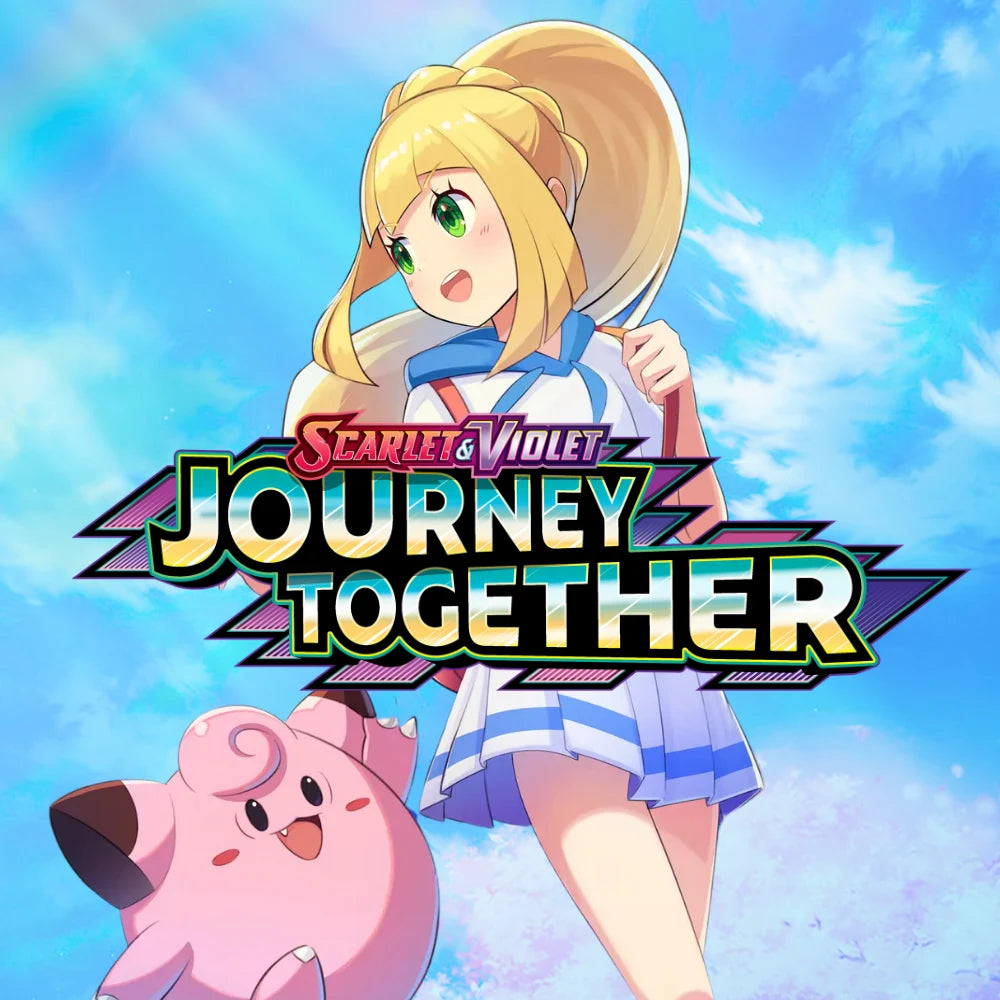
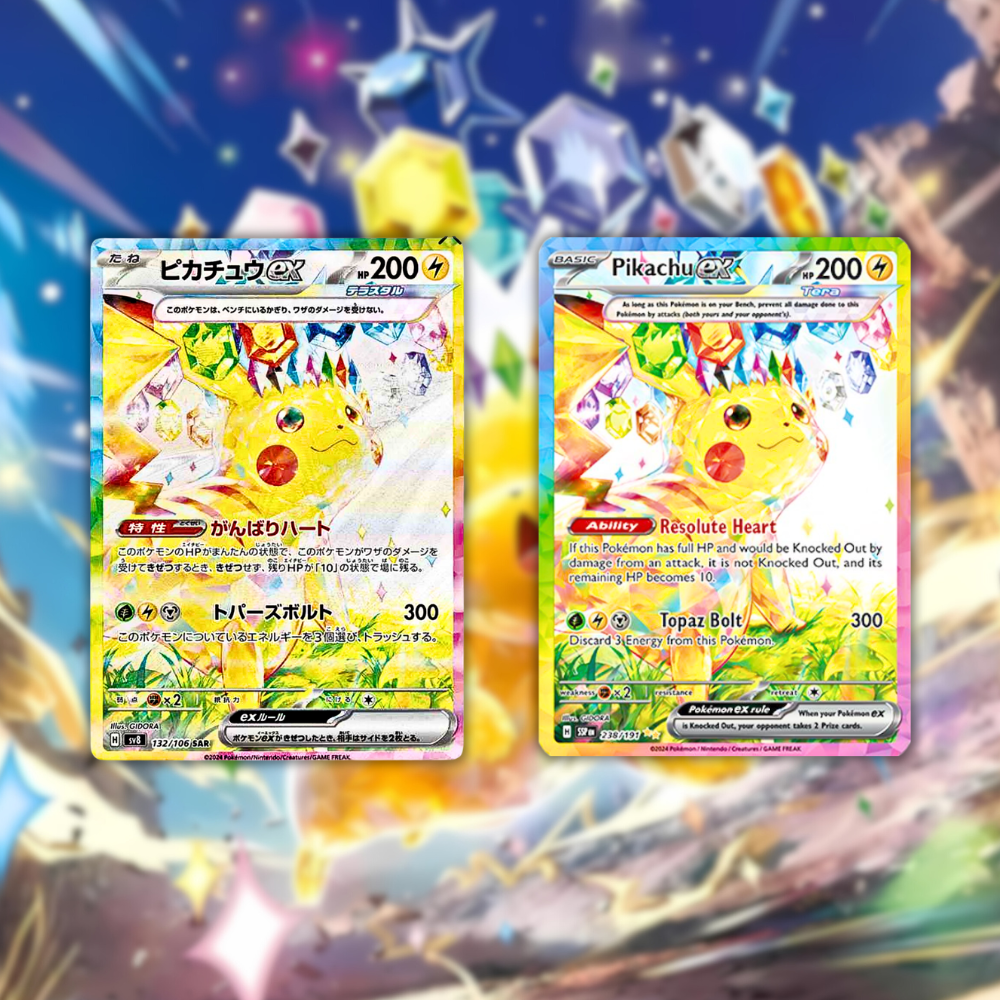
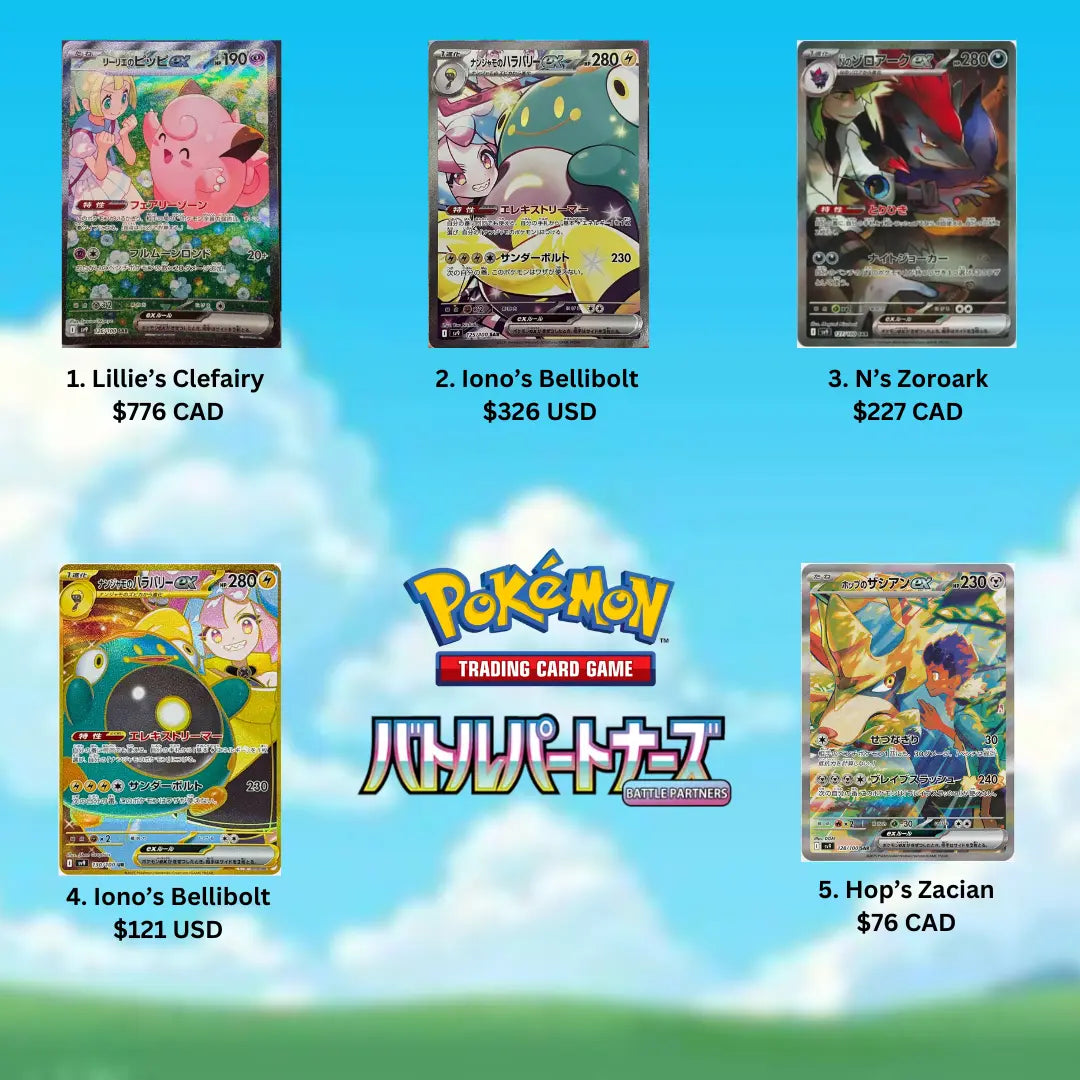
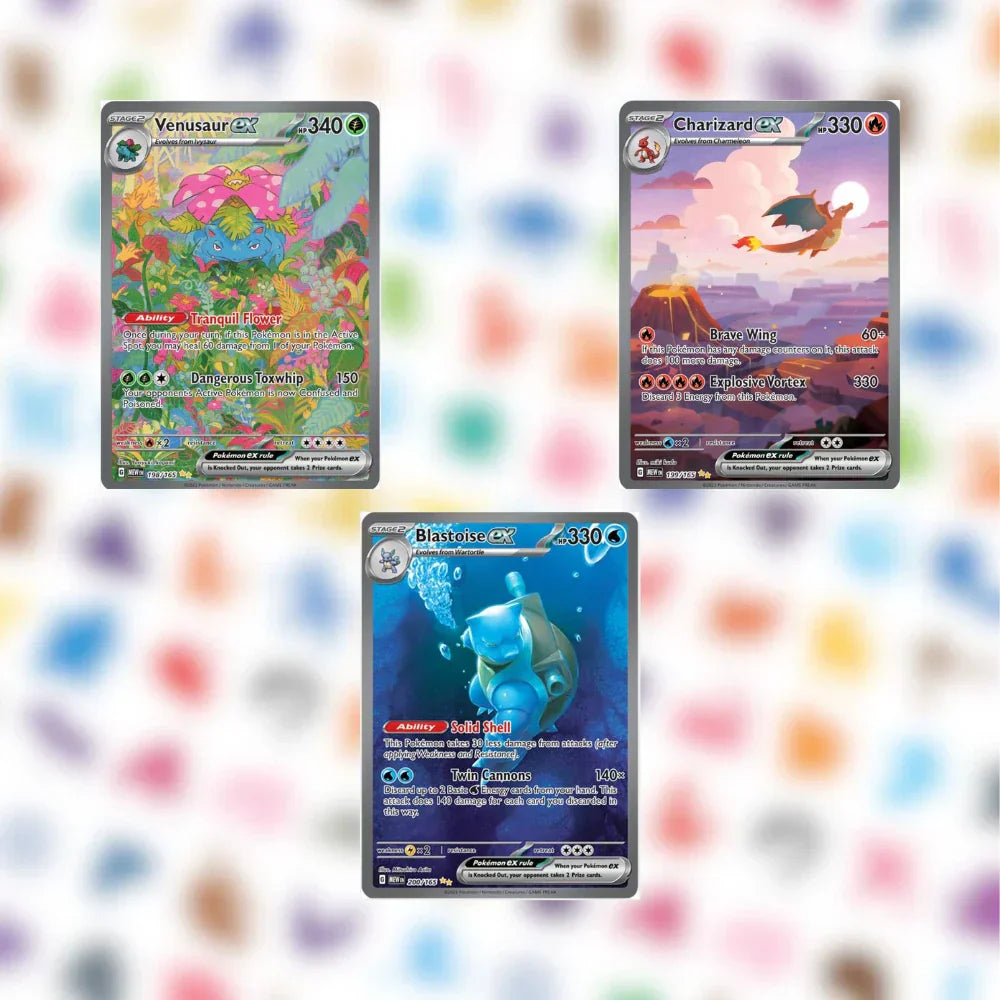
Leave a comment
This site is protected by hCaptcha and the hCaptcha Privacy Policy and Terms of Service apply.